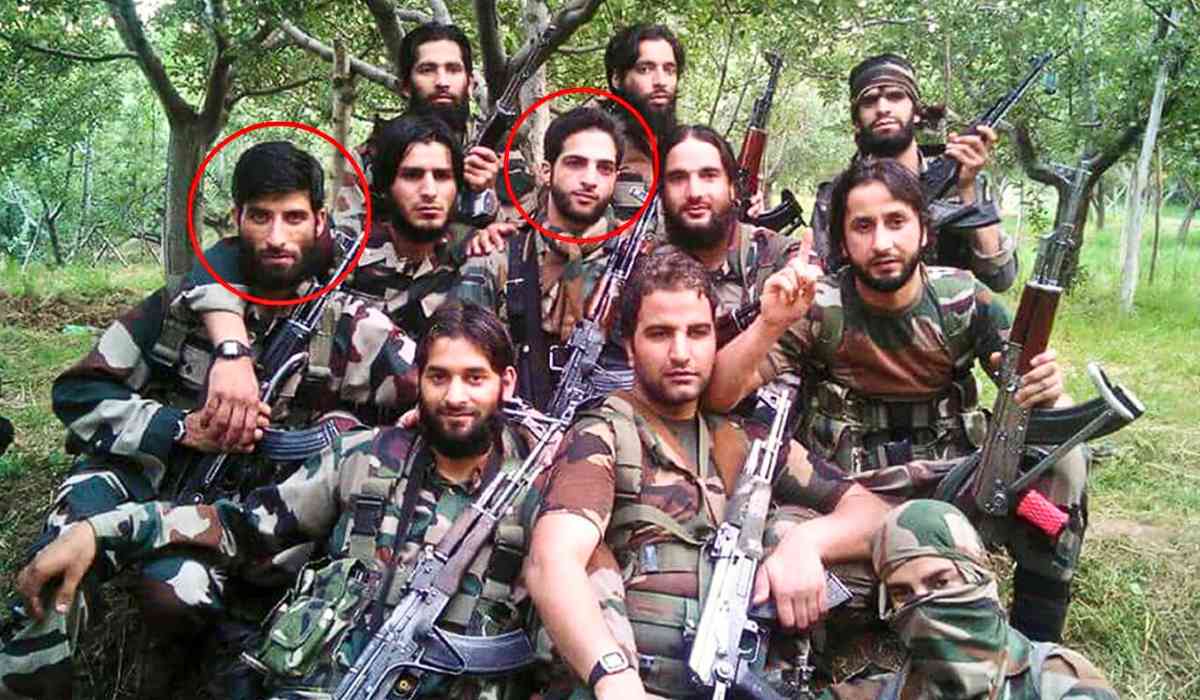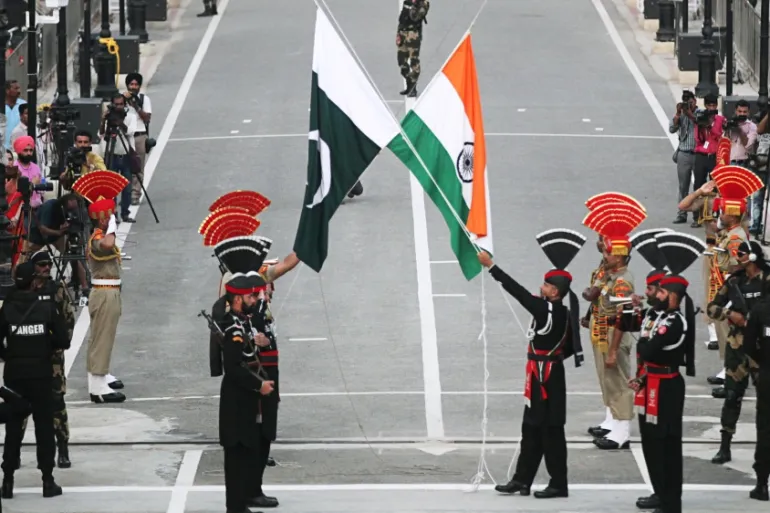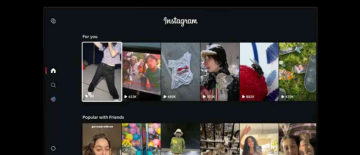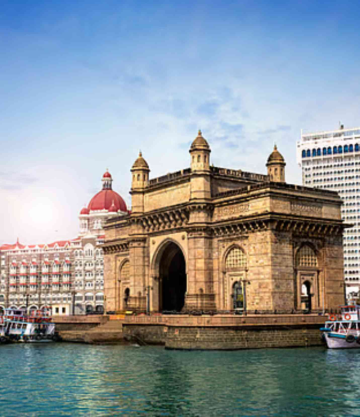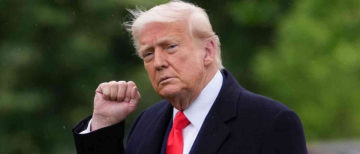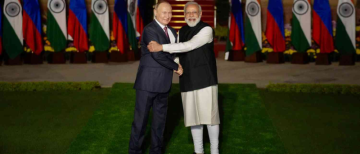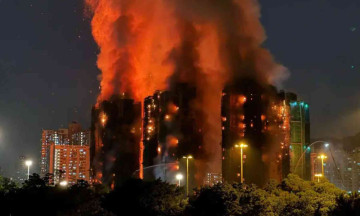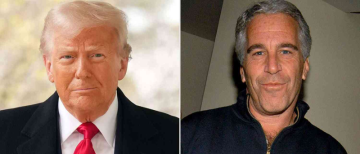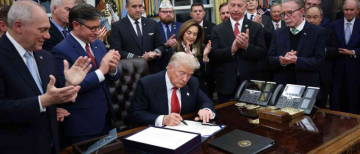The United States this week named The Resistance Front (TRF) a “foreign terrorist organisation,” adding it to a growing list of militant groups under international scrutiny. The action comes only months after TRF claimed responsibility for the Pahalgam attack in Kashmir, a tragedy that saw 26 civilians lose their lives. Security officials now explain that the emergence of TRF is not just coincidental—it's a calculated move, designed to help Pakistan skirt global sanctions, including exposure from international watchdogs like the Financial Action Task Force (FATF).
_1752908634.jpg)
What is The Resistance Front?
TRF appeared on the scene almost overnight after India revoked Jammu and Kashmir’s special status in August 2019. Indian police and global security analysts widely consider TRF to be a front for Lashkar-e-Taiba (LeT)—a group behind multiple attacks in India, most notably the 2008 Mumbai attack. However, while LeT and its likes are banned and officially recognized as terrorist outfits across much of the world, TRF has tried aggressively to project a different image: one of a local, indigenous resistance movement, instead of a notorious, cross-border terror group.
Why was TRF created?
According to security experts, TRF’s creation was a direct reaction to global pressure on Pakistan. For several years, Pakistan faced mounting heat for its role in providing safe havens to terrorist groups. When the FATF put Pakistan on its “grey list,” threatening economic consequences, Islamabad was forced to take visible action. But rather than shutting down networks like LeT or Jaish-e-Mohammed (JeM), groups simply changed their names and branding.
-
Rebranding: The shift from names using words like “jihad” to ones featuring “resistance” or “anti-fascist” allowed these groups to exploit global narratives around self-determination. This made it easier for them to claim legitimacy abroad and hide their roots when international inspectors came knocking.
-
Operational Continuity: Even with their new names, these groups continued the same activities—coordinating attacks, recruiting, and smuggling across the border. The change was only in the label, not in behavior.
Ajai Sahni, head of the South Asia Terrorism Portal, called TRF “a façade for the LeT,” created when Pakistan was under heightened FATF pressure and wanted to distance itself from globally banned outfits without fundamentally changing its actions.

What does this mean for Pakistan?
For Pakistan, the strategy behind TRF provided key advantages:
-
Deniability: When attacks happened, Pakistan could deny state involvement, insisting that only “indigenous” Kashmiri groups were responsible.
-
Evasion of Sanctions: By wiping notorious names from the surface, Pakistan aimed to satisfy FATF and the international community just enough to avoid harsher penalties or more serious isolation.
-
Political Breathing Room: The method gave Pakistan’s political leadership a chance to engage with Western countries—like this year’s White House visit by the army chief—while still allowing proxy groups to operate.
How do governments respond?
The U.S. State Department’s decision to designate TRF as both a Foreign Terrorist Organisation and a Specially Designated Global Terrorist puts fresh pressure on Pakistan’s government.
-
Asset Freezes and Restrictions: U.S. authorities can now block TRF assets and make it a crime to support the group in any way.
-
Diplomatic Signal: The move is seen in New Delhi as a significant endorsement of India’s concerns and may influence the United Nations Security Council to take tougher action.
-
Persistent Challenges: Even as labels change, the risk remains, as these outfits are likely to keep morphing and returning under new banners—a cycle seen many times before in the region.
What are people saying?
Public opinion on this issue varies sharply:
-
In India, there is relief that TRF’s mask as a “local resistance” has been exposed, but also caution that bans in the past have failed to fully stop attacks.
-
In Pakistan, officials reject the U.S. and Indian labels, calling them propaganda and demanding a more “objective” global approach to terrorism. They argue that India is using such moves to distract from its own policies in Kashmir.
-
Neutral observers, including counterterror experts, caution that brand changes are often tactics, not solutions. Real reduction in violence depends on dismantling the support networks and funding that keep these groups alive.
Looking Ahead
Many security officials believe it will take more than blacklisting and name changes to stop cross-border violence in the region. They call for both strict enforcement of bans and dialogue addressing the underlying causes of militancy. For now, the case of The Resistance Front stands as a clear example of how global pressure leads groups to adapt, but does not always solve the problem at its source.
With inputs from agencies
Image Source: Multiple agencies
© Copyright 2025. All Rights Reserved Powered by Vygr Media.

